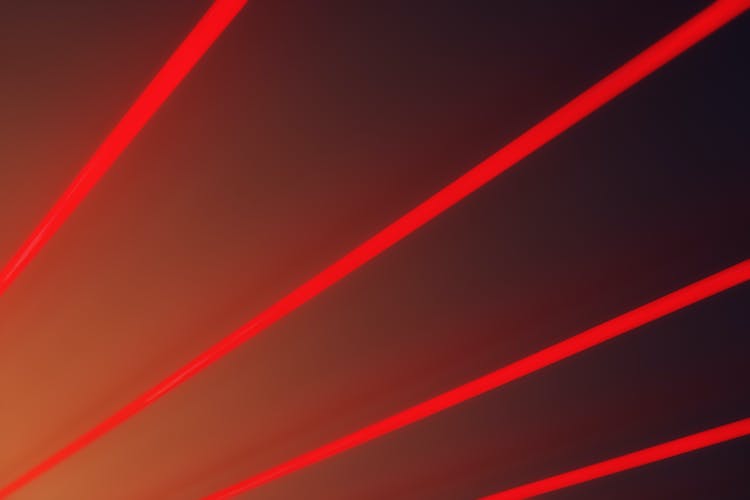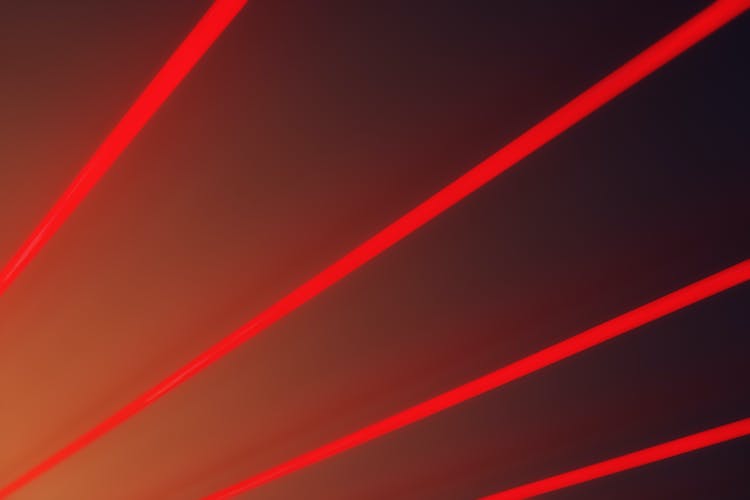Welcome to today’s tutorial on how to choose the right laser for cut-out letters. Whether you are an experienced laser cutter or just starting out, learning to identify the right laser for the job is key to achieving superior quality and results. In this tutorial we’ll cover the various types of lasers available and discuss their advantages and limitations, so you can make informed decisions when selecting a laser for cut-out letters.
Overview of Laser Cutting Machine Features
Machines offer a wide range of features that can come in handy when creating cut-out letters for a project or craft. Whether you’re thinking of cutting through wood, plastic, or other materials, there are various features that can help you decide what type of laser machine is best for your purposes. The first feature to consider is the power of the laser.
Different materials require different levels of laser cutting power, so it’s important to select the right one.
Factors to Consider When Choosing a Laser for Cut-Out Letters
is a popular process for creating cut-out letters. It provides a quick, easy, and precise way to create intricate designs and shapes for signage, labels, and other creative projects. But before you dive in, there are a few key factors to consider when choosing the right laser for cut-out letters.
First, consider the power of the laser. The higher the wattage of the laser, the quicker and thicker the cut of the material. A laser with a high wattage can handle thicker materials like wood and acrylic, while a lower wattage laser is better suited for thinner materials like paper or card stock.
The Power of the Laser
is a popular technique used to create intricate letters and shapes. By using a laser, it makes possible to cut out a design with precision and accuracy. When selecting a laser for cut-out letters, it is important to consider the power of the laser itself.
The power of a laser is measured in watts (W). Generally speaking, higher wattage lasers will be able to cut thicker pieces of material. The cutting process works by having the laser heat up the material with its intense beam.
Thus, lower wattage lasers won’t be able to heat up the material enough to get a good cut.
Types of Laser Cutting Machines
Machines come in a variety of shapes and sizes and are used for a variety of projects. Depending on your specific project, you may need different types of machines in order to get the job done correctly and efficiently. Some of the most popular types of Laser Cutting Machines are: * C02 Laser Cutting Machines: These machines use a combination of laser beam energy and a C02 gas to cut materials such as paper, fabric, and acrylic.
They can achieve very precise and smooth cuts and are ideal for engraving, silhouettes, and intricate shapes.
Size and Speed of Cutting
is a highly desirable technique for creating precise, quick, and automated cuts in a variety of materials. It is commonly used for cut-out letters and custom shapes. To maximize your satisfaction with the results of your cut-out letters project, it is important to choose the right laser machine for the job.
When it comes to size and speed of cutting, there are several factors to consider. Firstly, when choosing a laser for cutting out letters in particular, size is key. The laser must be large enough to fit the entirety of the letters you intend to cut.
The exact size of the laser will vary depending on the size of the letters being cut.
Materials to be Cut
technology is a great way to quickly and easily cut out intricate shapes like letters. But before you can begin laser cutting, you need to make sure you have the right laser for the job. One of the most important factors to consider when choosing the right laser for cut-out letters is the material you will be cutting.
The type of material you are laser cutting will determine the type of laser you will need. For example, if the letter cut-outs are out of wood, then you will need a laser specifically designed for cutting wood. If your letter cut-outs will be out of metals, then you will need a higher-powered laser that is designed to cut through metal.
Safety Considerations
is a powerful tool which can be used to create fabulous cut-out letters, especially when materials such as wood or acrylic are used. When using a laser cutter to shape lettering, it is important to consider safety first. The most important thing to consider when choosing a laser for cut-out letters is whether it is a Class 1 or Class 4 laser.
Class 1 lasers are safe to use, and are the safest type available on the market.
Step-by-Step Guide to Choosing the Right Laser for Cut-Out Letters
is an effective way to create gorgeous, elegant lettering for any project. Whether you’re crafting a DIY sign for a party, homemade art for the walls of your home, or personalized gifts for your friends and family, choosing the right laser for letter-cutting is critical. Here’s a step-by-step guide to help you out: Step 1: Consider your budget.
Before you begin shopping for lasers, determine your budget and make sure to stick to it.

Summary of Important Considerations for Choosing a Laser for Cut-Out Letters
technology is a great way to create letters and other shapes for signage and decoration. But, before you start shopping for a laser for your cut-out letters project, you should consider several key factors that will determine the best laser for the job. First of all, determine the power of the laser, since higher wattage laser will be able to handle thicker and more intricate material.
Secondly, consider the size of the material and supports that the laser can accommodate. Third, consider the type and quality of the cutting beam.
Conclusion
machines can be a great addition to any business when used correctly. When investing in a laser cutting machine, it’s important to consider your needs, budget, and available space. You should also familiarize yourself with the features of different manufacturers’ machines, so you can make an informed decision that best suits the specific application.
With the right machine, cut-out letters can become a simple and effective marketing tool. In conclusion, when it comes to finding the right laser cutting machine for cut-out letters, there are a few key things to consider.
Resources for Further Reading
Etiquette by Jun Arima is a great resource for learning how to choose the right laser for cut-out letters. This book provides an introduction to the process of creating detailed laser-cut art with the utmost precision and accuracy. It covers essential topics such as choosing the right laser materials and settings, weighing the advantages and disadvantages of different lasers and materials, and handling safety and sanitation.
Fabric Laser Cutting Handbook by Julie Knoll and Hope Roos is another helpful resource for anyone looking for more information about using lasers for cut-out letters and other art projects.

Which font is best for laser cutting?
can give your custom wood signs and projects a lot of personality. Adding lettering and words with laser cut-outs creates a unique look that stands out from traditional carved letters. But once you decide to add cut-out letters to your next project, you might be wondering which font is best for laser cutting.
While anything can be laser cut, choosing the right font is key for the finished outcome to look its best.

What laser do I need for engraving?
and Engraving are two different processes, both share similar traits in that they both use lasers to transform materials. Laser Cutting is the process of completely severing materials to create intricate patterns or shapes while Engraving is the process of making shallow indentations on surfaces. When it comes to laser cutting and engraving, you must select the right laser for the desired project.
When selecting the right laser for cutting or engraving letters, the most important factor to consider is the power of the laser.

Conclusion
can be the perfect way to personalize almost any type of project and make it unique, so choosing the best laser for cut-out letters is important. As mentioned, there are many factors that come into play to ensure you’re getting the right laser for your project, including budget, type of material you’ll be working with, and the cutting size and speed you need.


